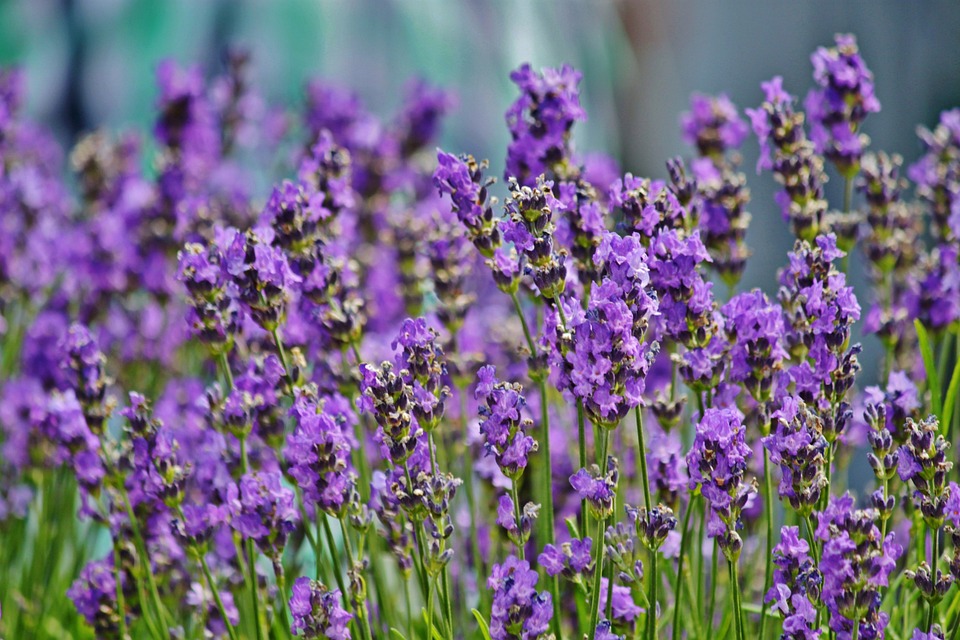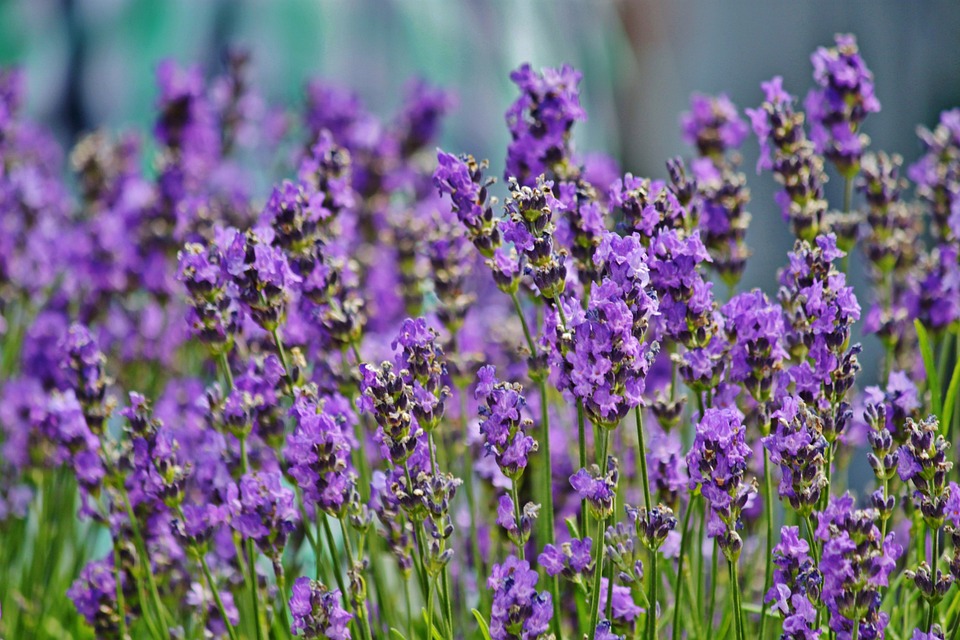In the sun-drenched islands of Indonesia, a formidable predator stalks the land with an air of prehistoric majesty.
The Komodo dragon (Varanus komodoensis), the largest living lizard on Earth, is a living relic of a time when reptiles dominated the planet.
Known for their immense size, powerful build, and deadly hunting prowess, these ancient giants epitomize the concept of “survival of the fittest.”
This article explores the life of Komodo dragons, their evolutionary adaptations, ecological significance, and the myriad challenges they face in a rapidly changing world.
I. Introduction: The Last Giants of the Reptilian World

The Komodo dragon, a member of the monitor lizard family, is a marvel of evolution.
With their robust bodies, sharp claws, and fearsome teeth, these reptiles have captured the fascination of scientists and nature enthusiasts alike.
Found primarily on the islands of Komodo, Rinca, Flores, Gili Motang, and Gili Dasami in Indonesia, these creatures have thrived in isolation, evolving unique characteristics that make them apex predators in their environment.
II. Evolutionary Marvels: Adapting to Survive
A. Ancestral Heritage
The lineage of Komodo dragons dates back millions of years, with their ancestors roaming the Earth during the time of the dinosaurs.
This ancient heritage is evident in their physical attributes and survival strategies.
Fossil records indicate that the ancestors of modern Komodo dragons were even larger, suggesting a trend towards gigantism in isolated environments.
B. Insular Gigantism
Komodo dragons are a prime example of insular gigantism, a phenomenon where species evolve larger body sizes on islands due to reduced predation pressure and competition.
This evolutionary trait has endowed them with several advantages, including increased strength, enhanced predatory capabilities, and dominance over other species in their habitat.
III. Physical Characteristics: Built for Survival
A. Size and Strength

Komodo dragons are renowned for their impressive size, with adults typically measuring between 8 to 10 feet in length and weighing up to 150 pounds.
Their muscular build and powerful limbs allow them to take down prey much larger than themselves.
This physical prowess is complemented by their long, muscular tails, which they use for balance and as formidable weapons.
B. Sensory Adaptations
The sensory adaptations of Komodo dragons are finely tuned for hunting and survival.
Their keen sense of smell is facilitated by their forked tongues and Jacobson’s organs, which allow them to “taste” the air and detect the scent of prey from several miles away.
Their sharp vision is adapted for spotting movement at long distances, and their acute hearing helps them detect even the slightest sounds of potential prey or danger.
IV. Hunting and Feeding: Masters of Predation
A. Ambush Predators

Komodo dragons are solitary hunters, relying on ambush tactics to capture their prey.
They often lie in wait for hours, blending seamlessly with their surroundings, until an unsuspecting animal comes within striking distance.
When the moment is right, they launch a swift and deadly attack, using their powerful jaws and sharp claws to immobilize their prey.
B. Venomous Bite
One of the most remarkable aspects of Komodo dragons is their venomous bite.
Unlike many reptiles that rely solely on physical force, Komodo dragons have venom glands in their lower jaws that secrete a complex cocktail of toxins.
These toxins induce shock, lower blood pressure, and prevent blood clotting, weakening the prey and making it easier to subdue.
C. Scavenging and Feeding Habits
Komodo dragons are opportunistic feeders and will scavenge on carrion if the opportunity arises.
Their efficient digestive systems allow them to consume large quantities of food at once, and they can go for extended periods without eating if necessary.
They are known to consume up to 80% of their body weight in a single meal, making the most of each feeding opportunity.
V. Reproduction and Lifespan: Ensuring Continuity
A. Mating Behavior
The mating season for Komodo dragons typically occurs between May and August.
Males engage in fierce combat for the attention of females, using their powerful tails and sharp claws in territorial battles.
Once a male has secured a mate, courtship involves a series of ritualistic behaviors, including tongue flicking and rubbing.
B. Nesting and Incubation
Females lay their eggs in burrows or mound nests, which they guard fiercely against potential predators.
A typical clutch contains around 20 eggs, which incubate for approximately seven to eight months.
During this period, the mother remains vigilant, ensuring the safety of her offspring.
C. Juvenile Survival
Upon hatching, juvenile Komodo dragons are vulnerable and must fend for themselves.
To avoid predation, they often take to the trees, where they spend the first few years of their lives.
This arboreal lifestyle protects them from larger predators, including adult Komodo dragons, and allows them to develop their hunting skills.
VI. Ecological Role: Keystone Predators
A. Balancing the Ecosystem
As apex predators, Komodo dragons play a crucial role in maintaining the balance of their ecosystem.
By controlling the populations of herbivores such as deer and wild boar, they prevent overgrazing and support the health of the vegetation.
This balance ensures the stability of the entire ecosystem, highlighting the importance of Komodo dragons in their habitat.
B. Scavenging and Nutrient Cycling
Komodo dragons also contribute to nutrient cycling through their scavenging activities.
By consuming carrion, they help decompose organic matter and recycle nutrients back into the ecosystem.
This process supports soil fertility and promotes the growth of plant life, further enhancing the biodiversity of their environment.
VII. Conservation Challenges: Facing the Modern World
A. Habitat Loss and Fragmentation
The primary threat to Komodo dragons is habitat loss due to human activities such as deforestation, agricultural expansion, and infrastructure development.
As their natural habitats shrink, these majestic creatures are forced into smaller areas, increasing the risk of human-wildlife conflict and reducing their access to prey.
B. Climate Change
Climate change poses another significant threat to Komodo dragons.
Rising temperatures and changing weather patterns can disrupt the delicate balance of their ecosystem, affecting prey availability and the suitability of their habitat.
Additionally, sea level rise threatens the low-lying islands where Komodo dragons live, potentially reducing their habitable range.
C. Human-Wildlife Conflict
As human populations expand, encounters between Komodo dragons and people become more frequent.
These interactions can lead to conflicts, particularly when dragons prey on livestock or venture into human settlements.
Such conflicts often result in negative outcomes for the dragons, including injury or death.
VIII. Conservation Efforts: Protecting a National Treasure
A. Komodo National Park
Established in 1980, Komodo National Park is a UNESCO World Heritage Site that provides a sanctuary for Komodo dragons and other wildlife.
The park encompasses several islands and is home to the largest population of Komodo dragons.
Conservation efforts within the park focus on habitat protection, anti-poaching measures, and community engagement.
B. Research and Monitoring
Ongoing scientific research and monitoring are crucial for understanding the behavior, genetics, and health of Komodo dragon populations.
These efforts provide valuable data that inform conservation strategies and help identify potential threats.
Genetic studies, in particular, are essential for maintaining the genetic diversity of the species and ensuring its long-term survival.
C. Community Involvement
Engaging local communities in conservation efforts is key to the success of any conservation program.
Education and awareness initiatives help foster a sense of stewardship and encourage sustainable practices.
By involving local communities in ecotourism and conservation activities, the economic benefits of protecting Komodo dragons can be shared, creating a positive incentive for their preservation.
IX. The Future of Komodo Dragons: Challenges and Opportunities
A. Adapting to Change
The future of Komodo dragons depends on their ability to adapt to the rapidly changing world.
Conservation efforts must focus on enhancing the resilience of their populations and habitats, ensuring that these ancient predators can continue to thrive despite the challenges they face.
B. International Collaboration
Global collaboration is essential for the conservation of Komodo dragons.
International support and funding can enhance local conservation efforts, while collaborative research can provide new insights into the species and its needs.
By working together, the global community can help secure a future for these iconic reptiles.
C. Innovative Conservation Strategies
Innovative conservation strategies, such as habitat restoration, captive breeding programs, and the use of technology for monitoring and protection, offer new hope for Komodo dragons.
These approaches can help mitigate the impacts of human activities and climate change, ensuring that Komodo dragons remain a vital part of their ecosystem.
X. Conclusion: Guardians of an Ancient Legacy
Komodo dragons, with their ancient lineage and formidable presence, are true survivors.
Their ability to adapt and thrive in a harsh environment is a testament to their evolutionary success.
However, the challenges they face in the modern world are unprecedented, and their survival now depends on our actions.
By understanding the life and challenges of Komodo dragons, we can appreciate their importance in the natural world and the need to protect them.
Conservation efforts that prioritize habitat protection, community involvement, and scientific research are crucial for ensuring that these magnificent creatures continue to roam the Indonesian islands for generations to come.
In essence, Komodo dragons are not just symbols of survival of the fittest; they are guardians of an ancient legacy that connects us to the distant past.
Protecting them is not only about preserving a species but also about safeguarding the rich tapestry of life on our planet.






